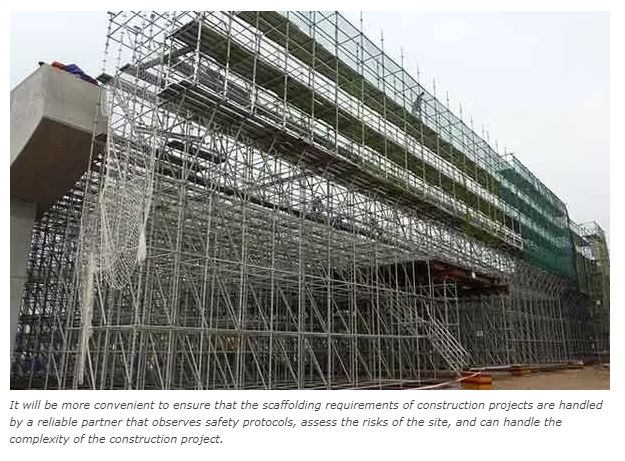Philippines economy likely rebounded in Q3
The Philippine economy could have rebounded in the third quarter of 2020, but state-imposed physical distancing measures would continue to weigh on its recovery from the coronavirus disease 2019 (Covid-19) pandemic, according to Capital Economics.
In a report on Wednesday, the London-based research consultancy firm said the country’s “GDP (gross domestic product) is likely to have bounced back this quarter after [shrinking by] 16.5 percent y/y (year-on-year) in Q2 (second quarter).”
The Philippines was plunged into a technical recession after domestic output contracted by 16.5 percent in the second quarter and 0.7 percent in the first, which was attributed to the strict lockdowns and other restrictive measures the government imposed in mid-March to curb the spread of Covid-19. These forced most Filipinos to stay at home to avoid infection and severely disrupted most economic activities in the period.
Capital Economics also said this bounceback remained weak, noting that “although manufacturing production has rebounded in recent months, it was still down 13.8 percent y/y in August. Exports were down almost 20 percent y/y in August.”
Although the number of confirmed coronavirus cases in the Philippines had “fallen in recent weeks,” it noted that this “remain elevated and timely mobility data suggest this has not led to much of a pickup in the movement of people.”
“Social distancing measures will need to remain in force for months to come, which will drag on the recovery,” it said.
As of Wednesday, the number of confirmed cases rose by 2,053 to 375,180, of which 38,955 are active, according to a Department of Health tally. Of the total, 329,111 have recovered and 7,114 did not.
Lack of fiscal support is also hampering recovery, according to Capital Economics.
“Government spending was down almost 10 percent y/y last quarter. The central bank (Bangko Sentral ng Pilipinas [BSP]) left its policy rate on hold at 2.25 percent in October.
However, the dire economic outlook means it is likely to resume its easing cycle soon,” it said.
“Inflation is no barrier to further easing. The headline rate dropped back from 2.4 percent in August to 2.3 percent in September and remains close to the bottom of the BSP’s [2- to 4-]percent target range,” it added.
The firm said that while an effective coronavirus vaccine “could be a way out of the crisis,” this did not mean prospects in Southeast Asia, including those for the Philippines’, would be transformed.
“Much would depend on the efficacy and longevity of the vaccine, how many people are willing to use it and the speed at which it can be produced and distributed,” Capital Economics said.
“Advanced countries have already pre-ordered significant stocks of different vaccines. Many low-income countries in Asia are likely to be at the back of the queue for receiving an effective vaccine,” it added.
Earlier, Capital Economics projected the Philippine economy to contract by 8 percent this year before growing by 13 percent in 2021 and 8.5 percent in 2022.
Source: https://www.manilatimes.net/2020/10/29/business/business-top/ph-economy-likely-rebounded-in-q3/788267/


 English
English




